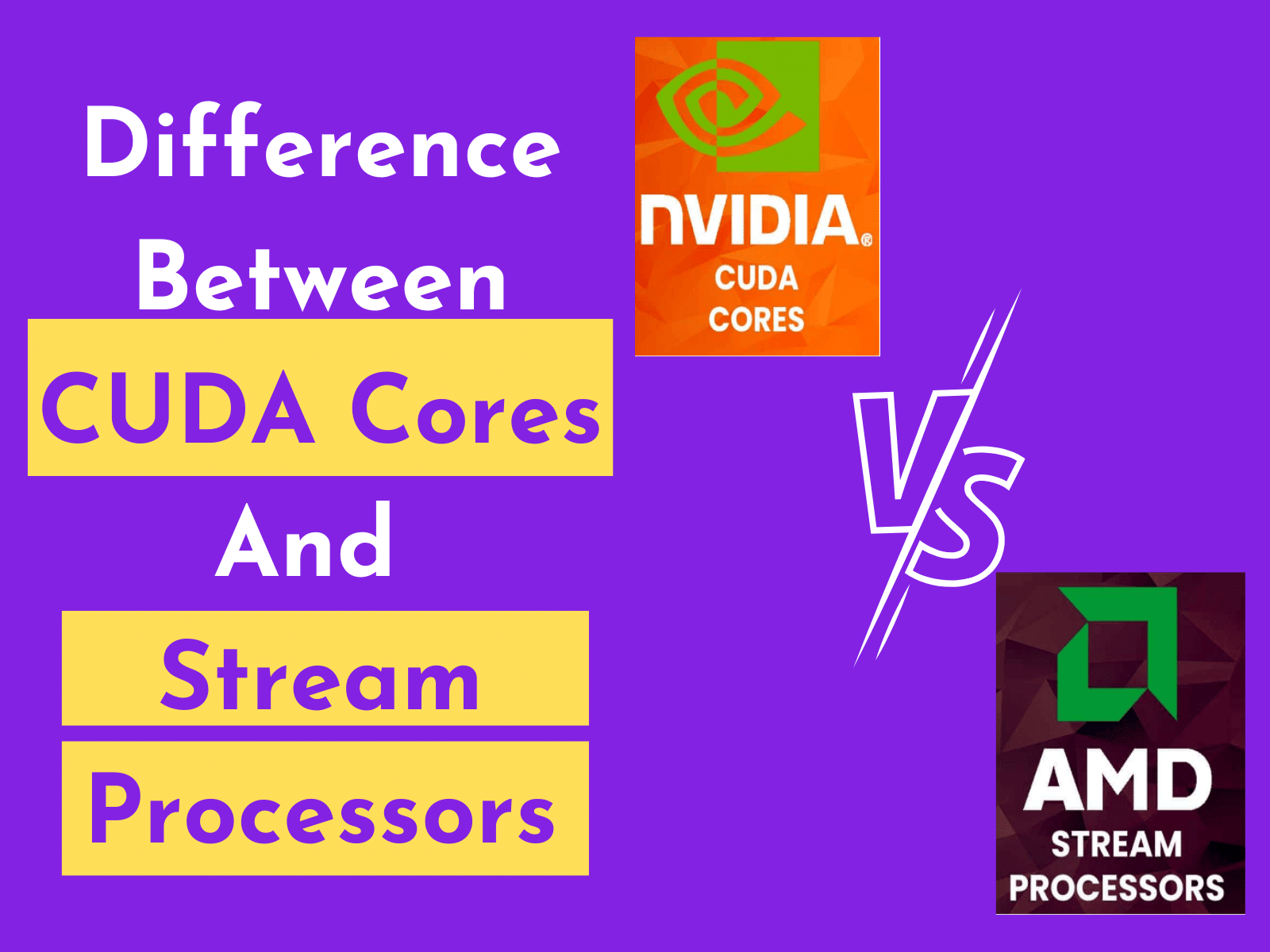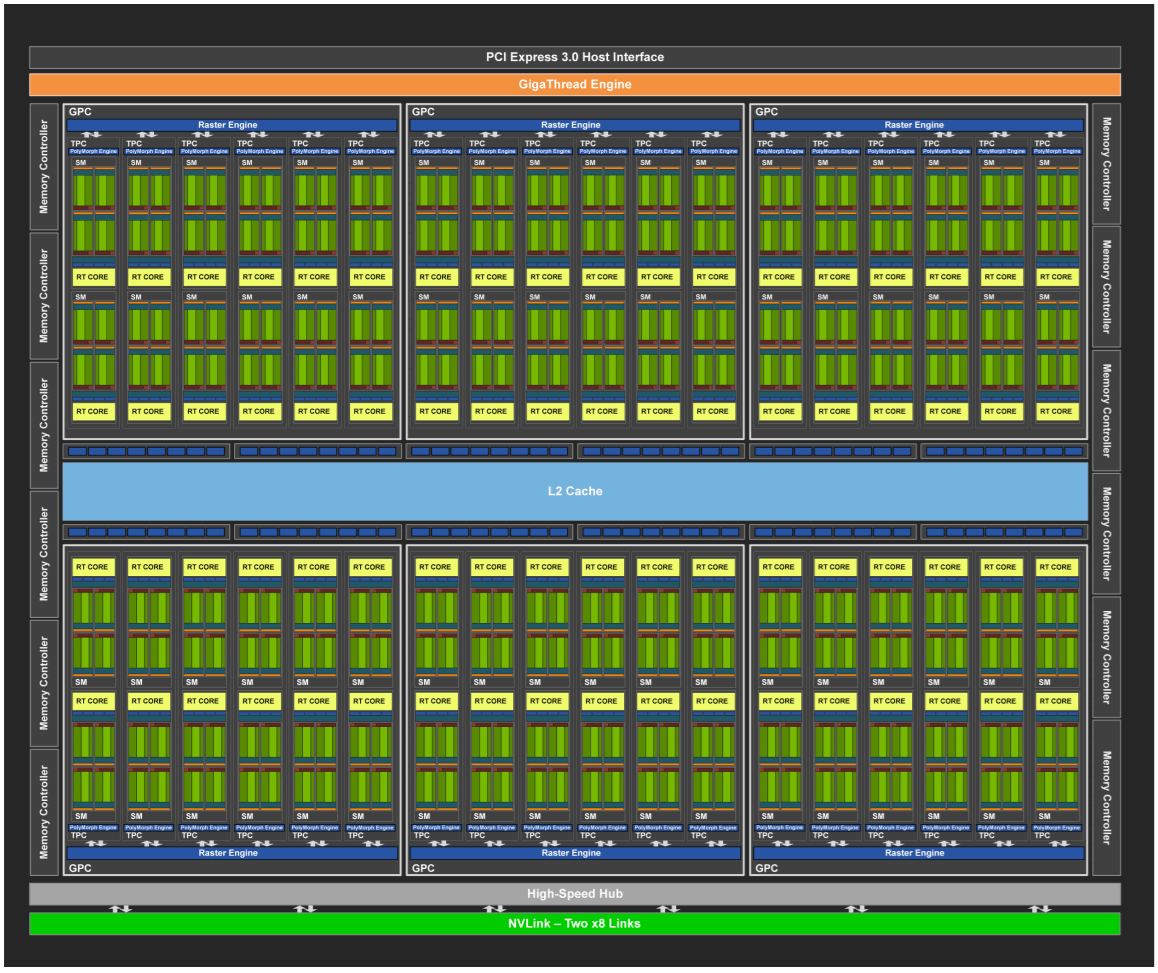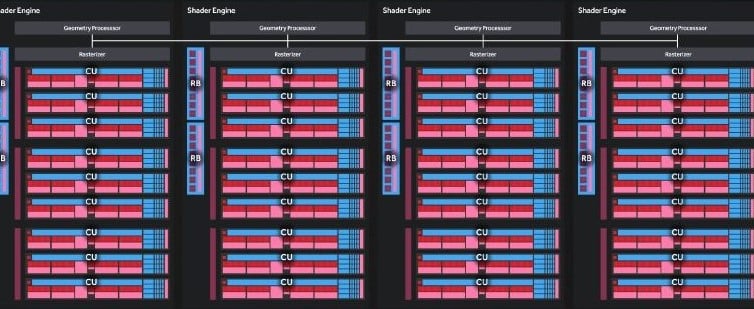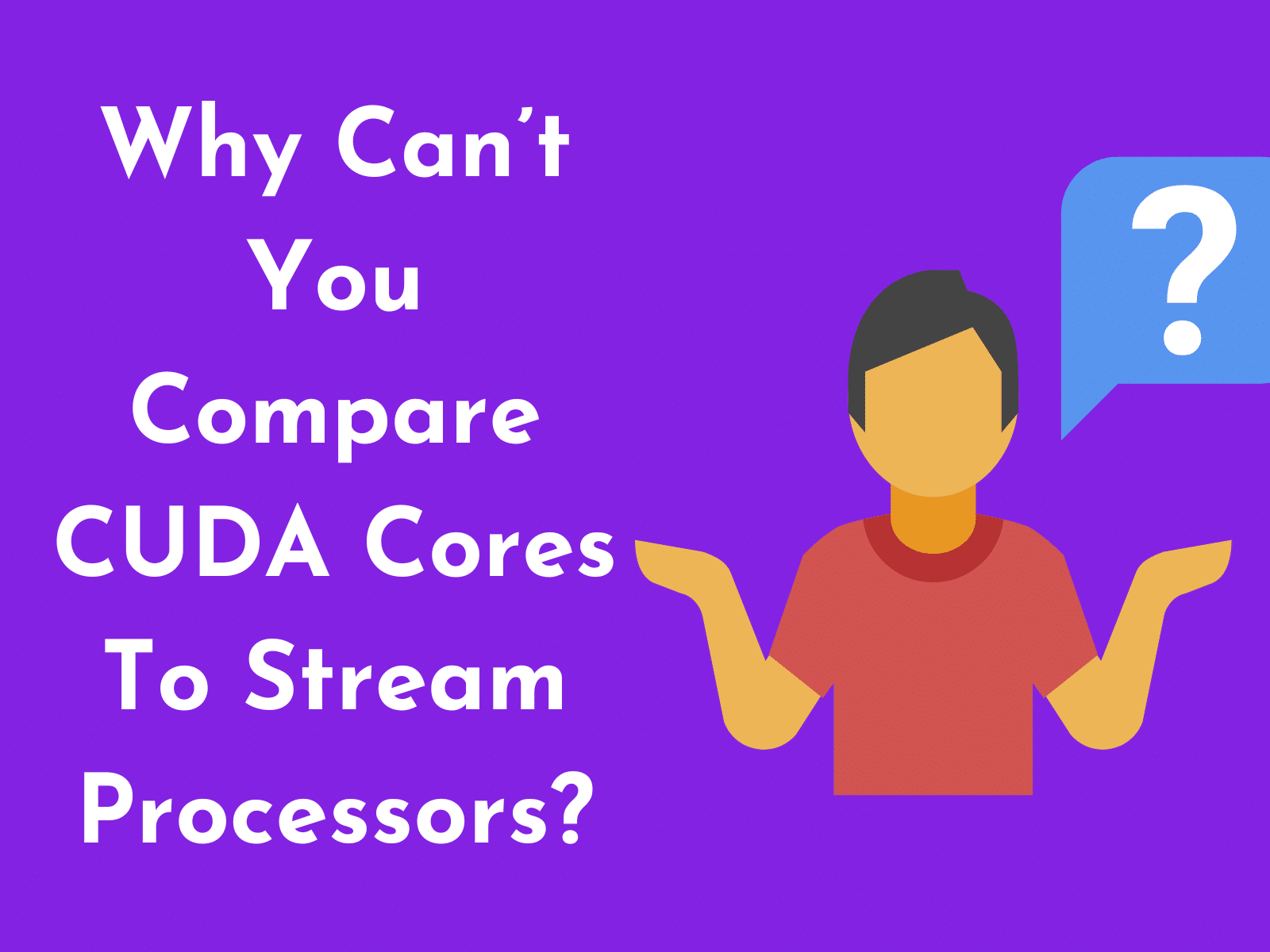The main difference between CUDA cores and Stream Processors is that CUDA cores are developed by NVIDIA and are optimized for parallel processing tasks, while stream processors are developed by AMD and are designed for handling a wide range of tasks.
Also, CUDA cores can handle larger blocks of data at once, while stream processors are better at handling smaller, more varied sets of data.
CUDA Cores and Stream Processors are both important components of modern graphics cards, but they are very different from each other.
In this blog post, I will be exploring the differences between CUDA Cores and Stream Processors and how they impact the performance of your graphics card.
I shall look at what each type of processor does, how they compare to one another, and why it’s important to understand the difference between them.
By the end, you will have a better understanding of CUDA Cores and Stream Processors and how they affect the performance of your graphics card.
What’s The Difference Between CUDA Cores And Stream Processors?

When looking at graphic cards, it is important to understand the difference between CUDA Cores and Stream Processors. Both are components of a GPU, but there are some key differences in how they work and the type of performance they provide.
NVIDIA GPUs use CUDA Cores, a type of processor. They are used for most of the mathematical calculations associated with graphics processing. A CUDA Core is similar to a CPU core, but it is designed specifically for GPGPU tasks like video encoding and rendering.
The number of CUDA Cores determines the performance of a GPU. NVIDIA GPUs typically have a higher number of CUDA Cores than AMD GPUs.
Stream Processors are a type of processor found in both AMD GPUs. They handle different types of processing tasks such as vertex, pixel, and geometry operations.
Stream processors are also capable of performing some basic mathematical calculations, though not as efficiently as the CUDA Cores. As a result, NVIDIA GPUs tend to offer better performance than AMD GPUs when it comes to handling graphical data.
It is important to note that the number of CUDA Cores and Stream Processors on a GPU does not directly correlate with its overall performance.
Having many CUDA Cores or Stream Processors does not guarantee better performance, as other factors such as GPU architecture and the types of workloads being processed must also be taken into account.
Read More
- What Are NVIDIA CUDA Cores And What Do They Mean For Gaming?
- Nvidia GeForce vs AMD Radeon Complete Guide
What Are CUDA Cores And What Are They Used For?

NVIDIA’s CUDA Cores are specialized processing cores designed for use in their GPUs. They are an important part of the architecture of the GPU and let the graphics card work quickly and efficiently.
The number of CUDA Cores on a GPU will vary depending on the model, with higher-end cards having more cores than lower-end models. In general, the more CUDA Cores a GPU has, the better its performance will be.
NVIDIA GPUs are known for their high performance when it comes to graphic-intensive tasks, such as gaming or video editing. This is thanks to the use of their CUDA Cores. This allows GPUs to process data much faster than a traditional CPU core.
Unlike CPUs, which have just one type of processing core, GPUs have many different types of cores that can handle different types of processing tasks. The CUDA Core is just one of these, and it is specifically designed for graphics-related tasks.
Other than the CUDA Cores, NVIDIA GPUs also feature Tensor Cores, which are used for deep learning applications. With many CUDA Cores and Tensor Cores working together, NVIDIA GPUs can provide the performance needed for many high-end graphic applications.
AMD and Intel GPUs also offer different types of processing cores. But NVIDIA GPUs generally offer the best performance when it comes to graphics.
In summary, CUDA Cores are specialized processing cores found on NVIDIA GPUs that enable them to handle graphically intensive tasks faster than a traditional CPU core. The number of CUDA Cores varies depending on the GPU model, with higher-end cards offering more cores than lower-end models.
What Are Stream Processors And What Are They Used For?

Stream processors are a type of processor found on AMD graphic cards that are responsible for the processing of graphics and pixels. They are similar to CUDA cores, which are used for general-purpose computing but have different purposes and functions.
Stream processors are found in AMD GPUs and are an integral part of the GPU architecture.
They are used to process graphic data and help make images that look more complex and real. This can lead to better performance when gaming, streaming video or working with high-resolution media.
While there is no direct comparison between CUDA cores and stream processors, it is generally accepted that having many stream processors can equate to better performance from a GPU.
Unlike a CPU core, which can perform multiple different types of processing simultaneously, stream processors are specialized to handle specific tasks like shading, textures, and lighting.
Depending on the GPU’s architecture, the number of stream processors will vary, and they may be paired with other specialized cores such as tensor cores.
NVIDIA GPUs tend to have more stream processors than AMD GPUs, though the exact number and capabilities will vary depending on the GPU model.
To summarize, stream processors are found in most modern GPUs and help to improve the performance of a GPU. Even though there is no direct way to compare the number of cuda cores to the number of stream processors, it is generally agreed that a GPU with more stream processors can perform better.
Read More
- How Many CUDA Cores Are In Nvidia GeForce GTX 1080 GPU?
- Do Nvidia’s LHR “Lite Hash Rate” GPUs Perform Worse?
Why Can’t You Compare CUDA Cores To Stream Processors?

It is important to understand that while CUDA cores and stream processors are both used in graphics cards, they are two very different types of processing.
While the number of CUDA cores and stream processors on a graphics card can be a useful indicator of its performance, it is not a reliable way to compare two different graphics cards as the differences between them go beyond just the number of cores.
CUDA cores are a type of processor used exclusively in Nvidia GPUs. They are made for tasks like rendering and shading that have to do with graphics processing and are set up for parallel computing.
In comparison, Stream Processors are found in both AMD GPUs and are used for more general-purpose tasks like video encoding and decoding. Even though they are also great at parallel computing, they are not as well-suited to tasks related to graphics as CUDA cores.
The performance of a GPU is also determined by factors like the architecture of the GPU and its other components, such as the number of cores, tensor cores, and memory speed. This means that even if two graphics cards have the same number of CUDA cores or stream processors, their performance may still vary greatly depending on the other aspects of the card.
In addition, CUDA cores and stream processors work differently when performing certain tasks. This means that even if two cards have the same number of cores, one may outperform the other when it comes to specific types of processing.
For example, when it comes to graphics-related tasks, many CUDA cores may offer better performance than an equal number of stream processors, due to their specialized design.
All this means that you can’t compare the performance of a GPU based on the number of CUDA cores or stream processors alone. As GPUs can contain different types of cores and components, their performance will depend on the whole set of cores and components working together.
The only reliable way to compare two GPUs is to look at benchmark results and test them in your own applications.
Conclusion
In conclusion, CUDA Cores and Stream Processors are two different types of cores used in GPUs, with CUDA Cores found mainly on NVIDIA GPUs and Stream Processors found mainly on AMD graphics cards.
Even though you can’t directly compare the number of CUDA Cores and Stream Processors in a GPU, they are both important for making graphics and computing tasks run faster.
Understanding how these two cores work together can help you make more informed decisions when purchasing a GPU and to get the most out of its performance.
